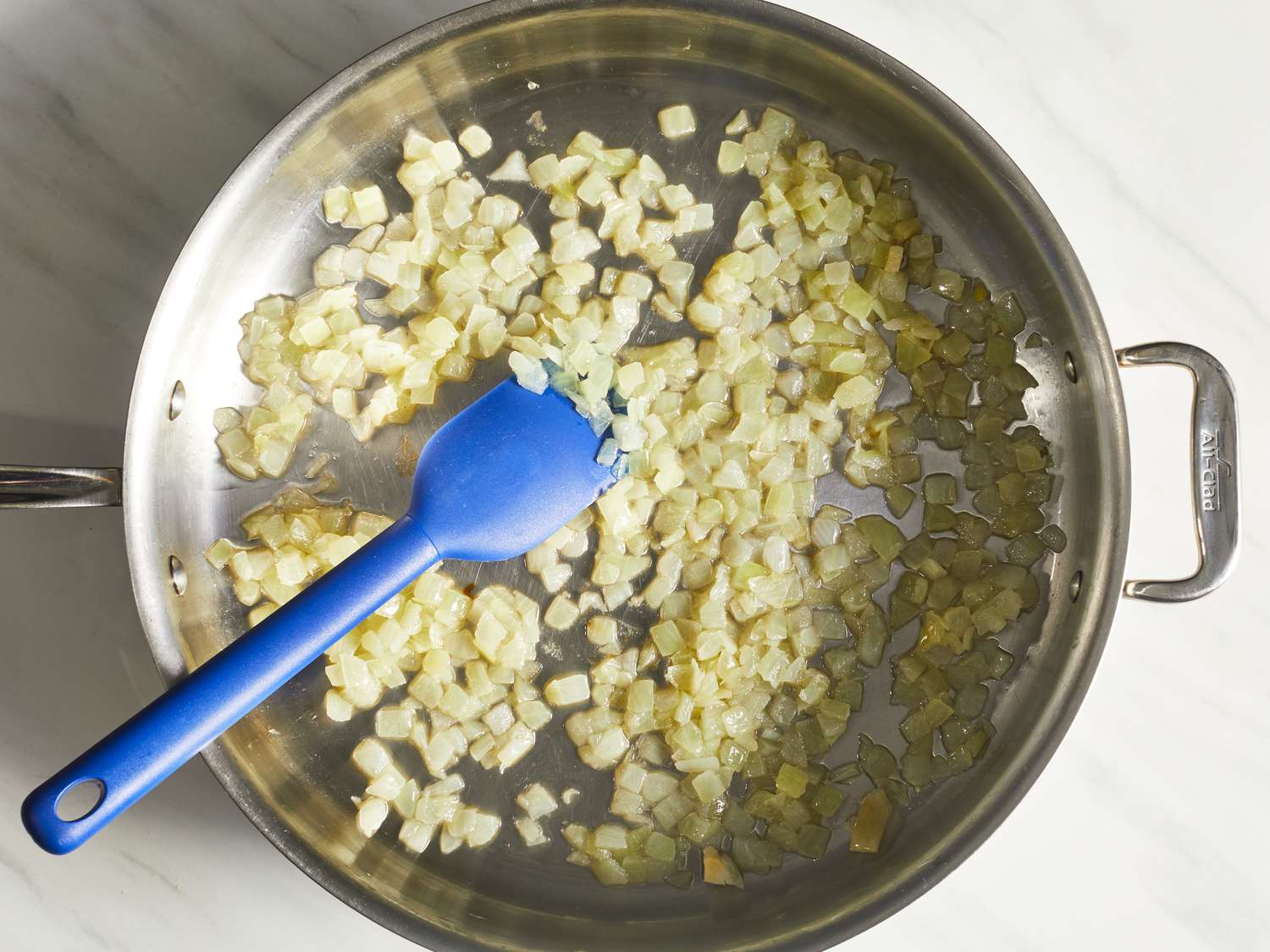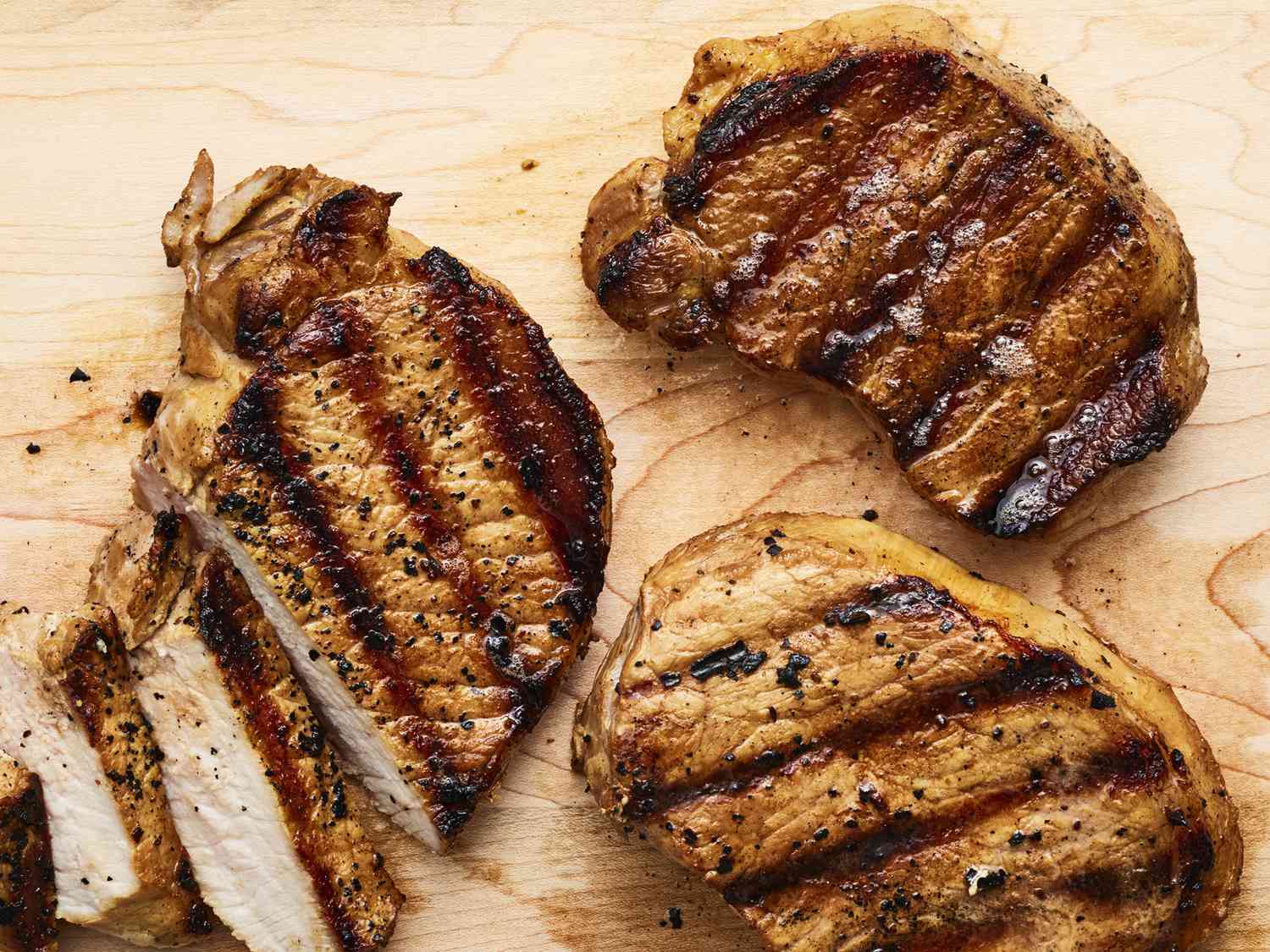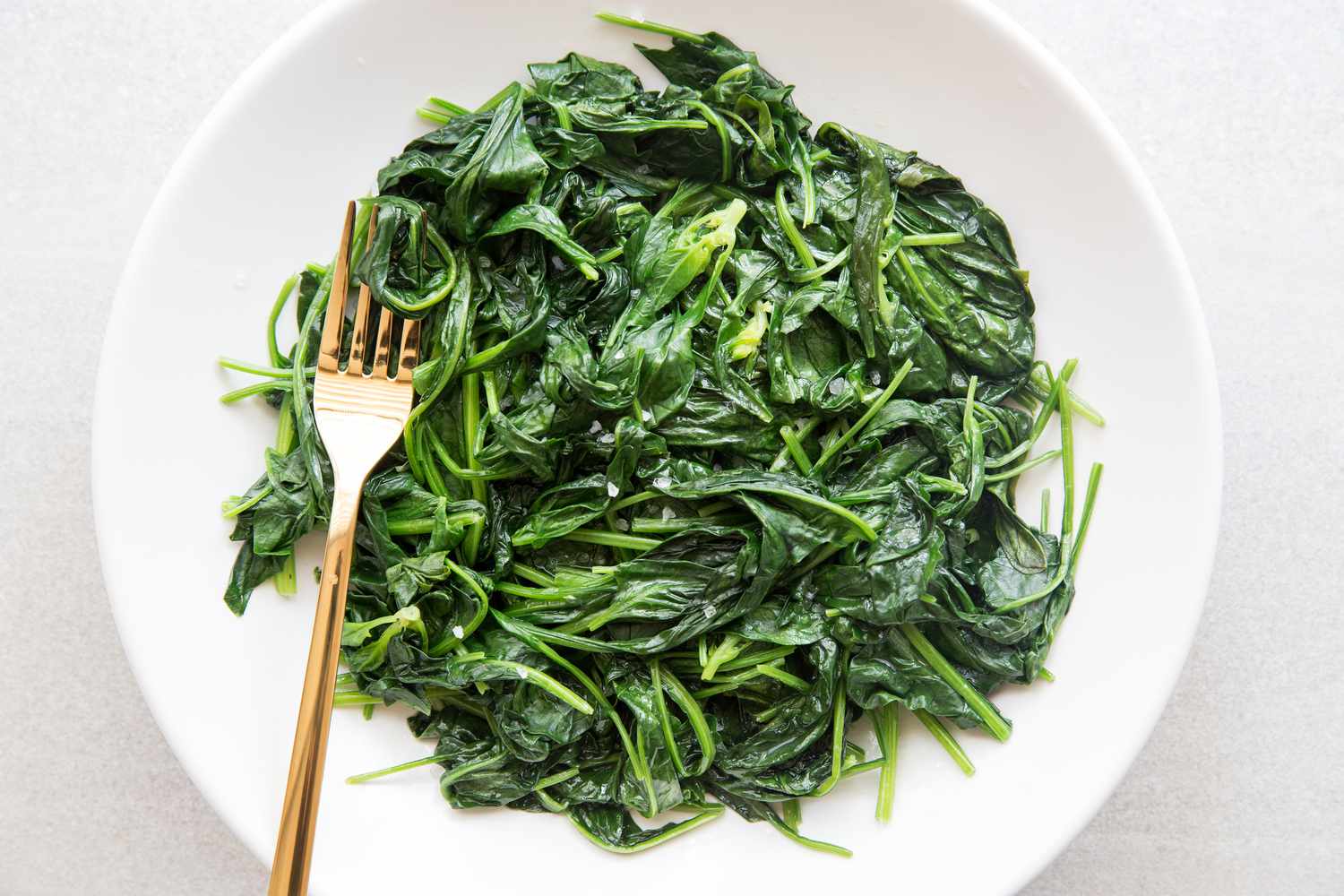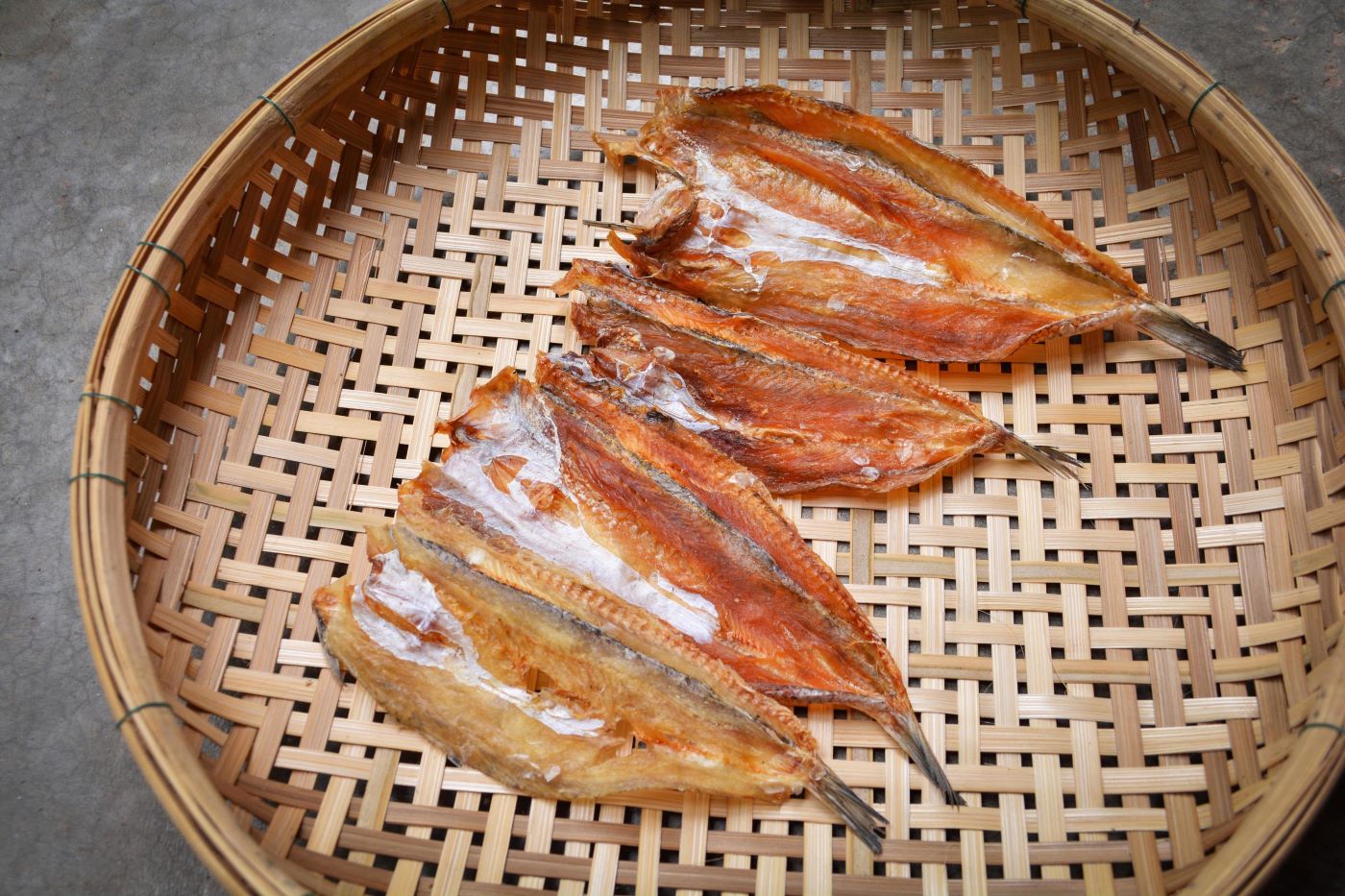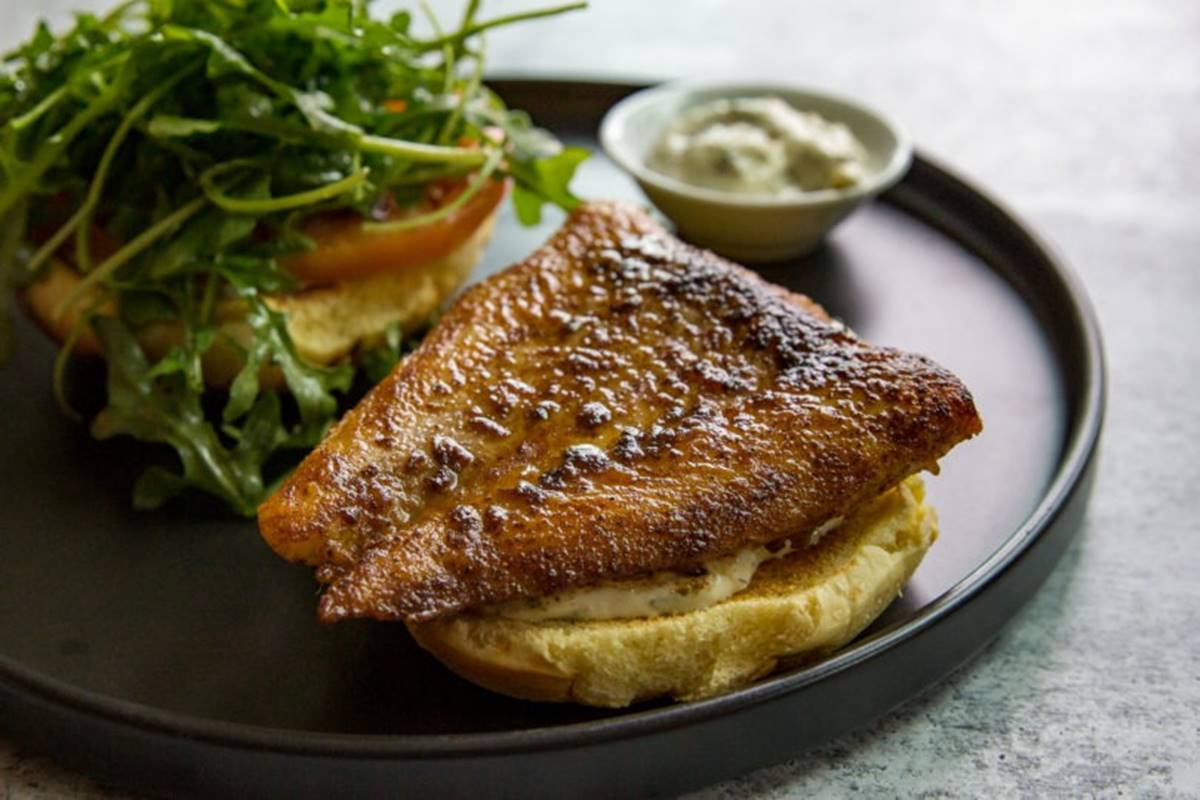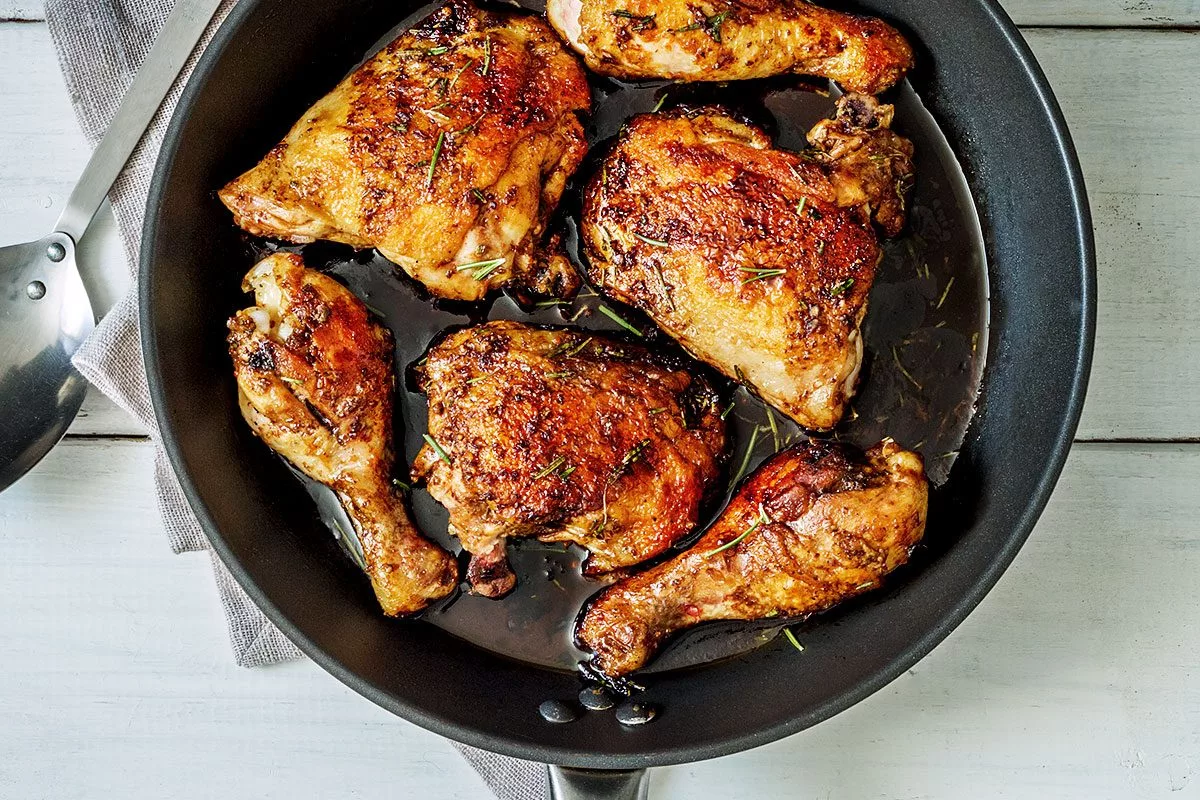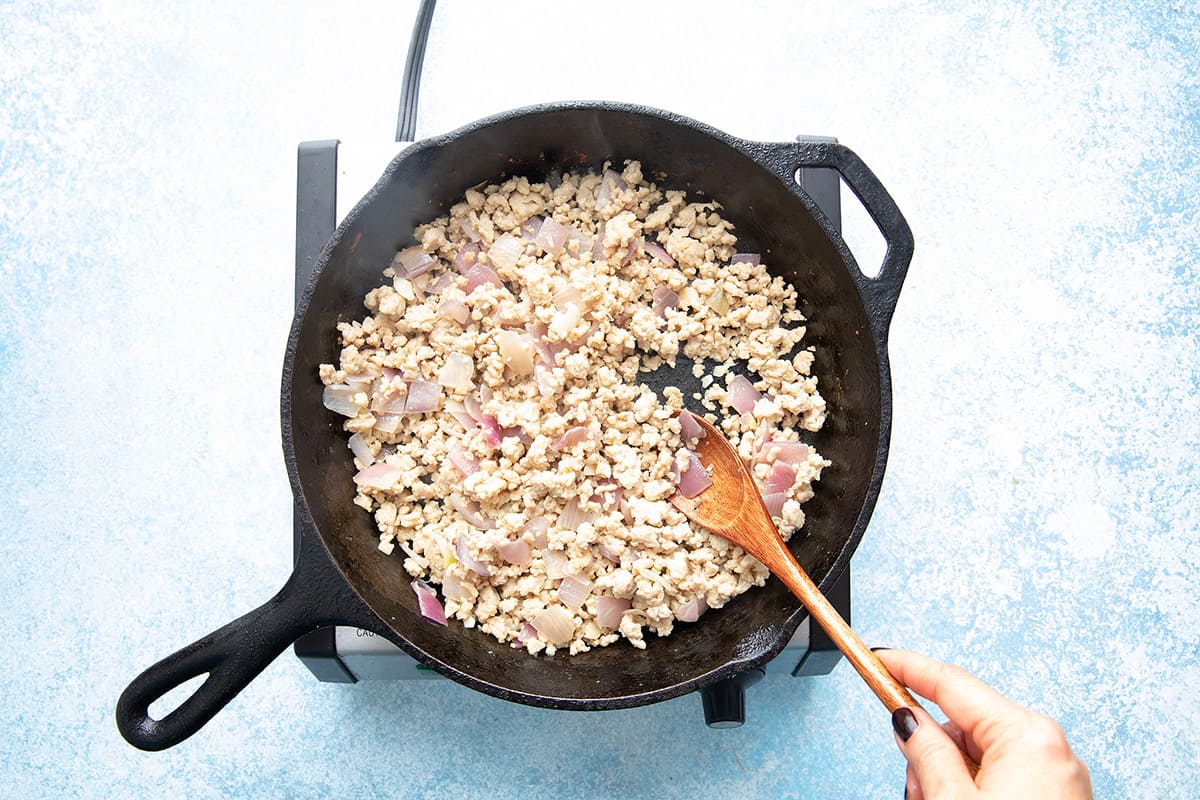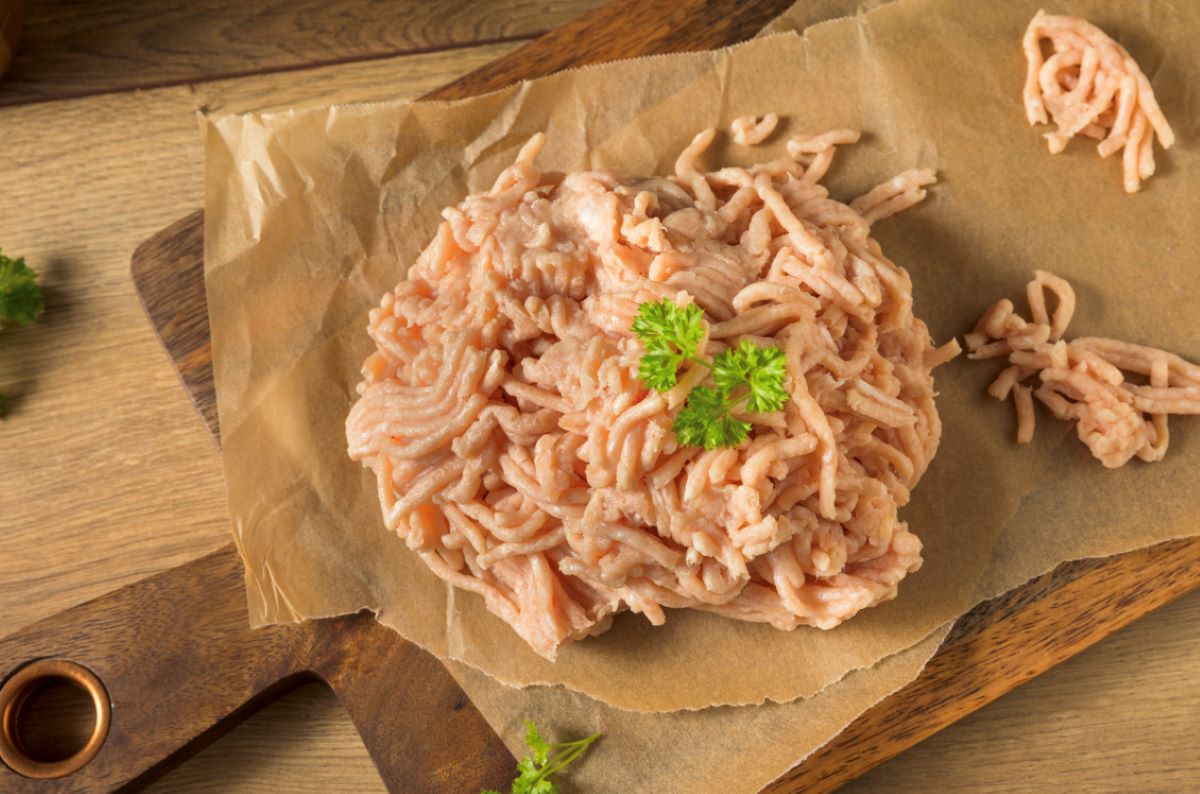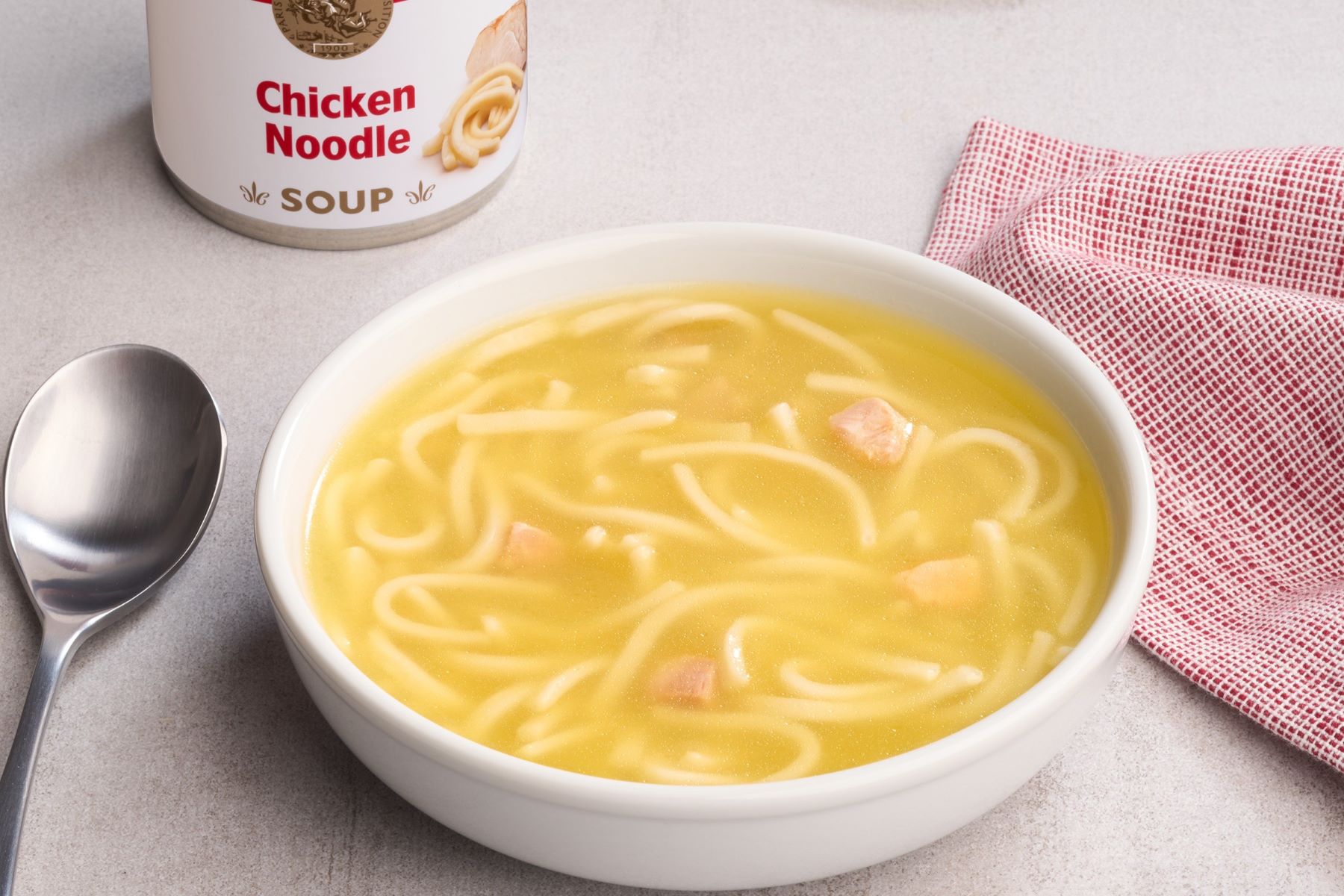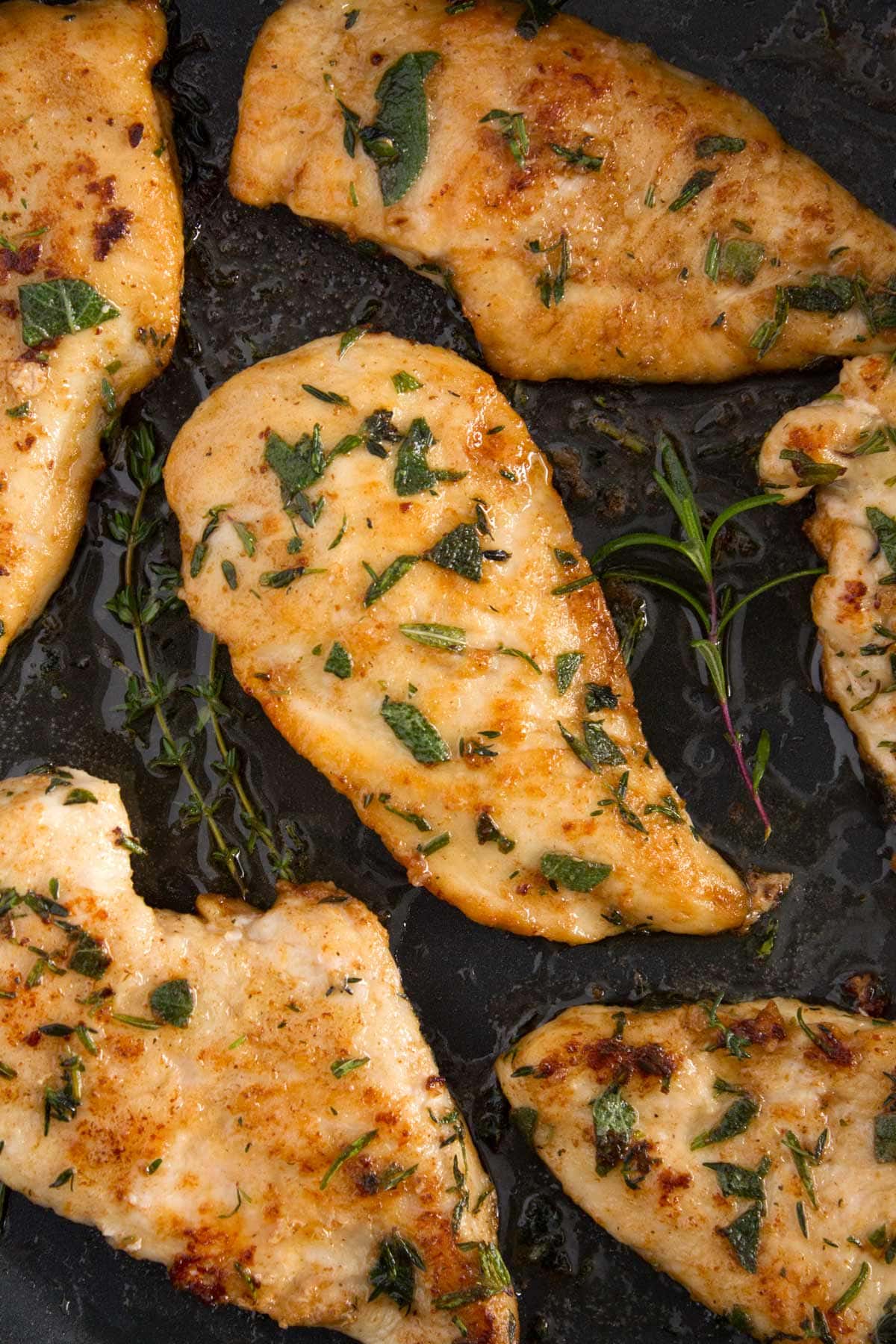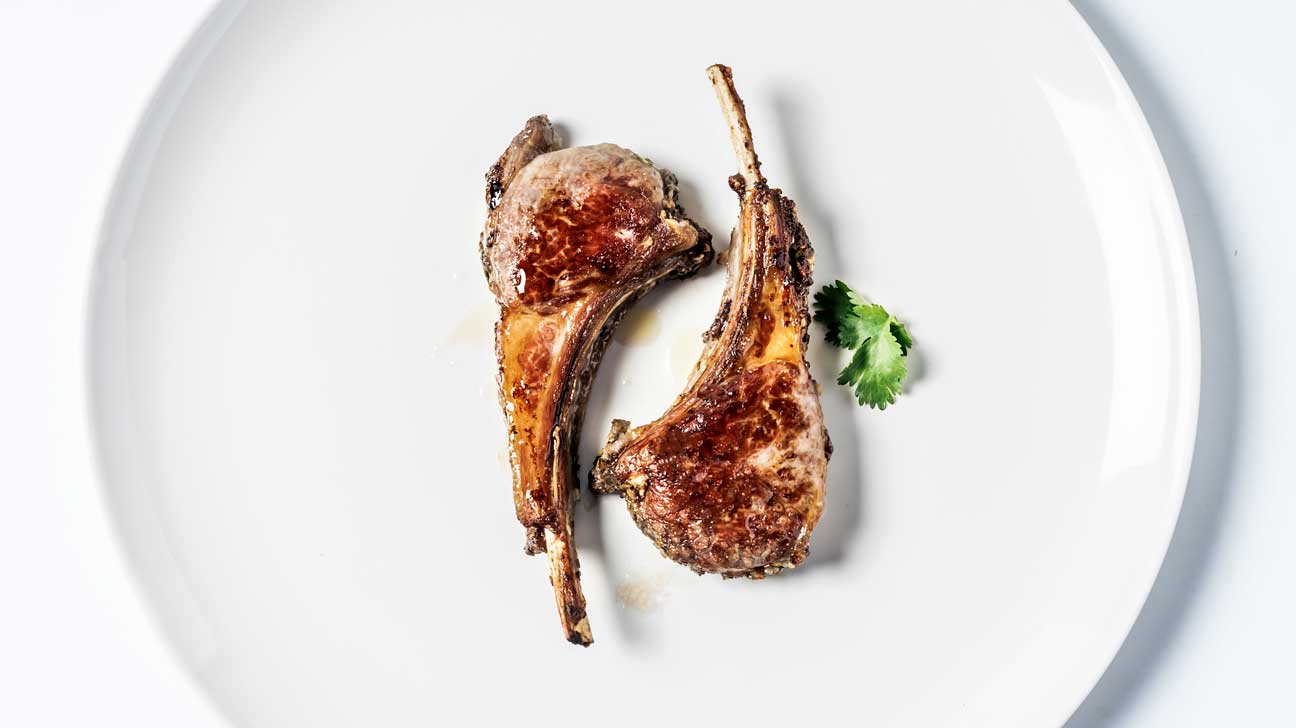How To Cook Shimeji Mushrooms
Shimeji mushrooms are a delicious and versatile ingredient that can elevate any dish with their delicate flavor and unique texture. Whether you’re a seasoned chef or a beginner in the kitchen, cooking shimeji mushrooms is a breeze. In this article, we will guide you through the simple steps to master the art of preparing shimeji mushrooms.
1. Selection and Preparation
When selecting shimeji mushrooms, look for ones that are firm and fresh, with tightly closed caps. Avoid mushrooms that have slimy or discolored stems. To prepare the mushrooms for cooking, gently remove the cluster from the base and trim the roots. It’s important not to separate the individual mushrooms as they cook best when cooked as a cluster.
2. Sautee to Perfection
To bring out the best flavors and textures of shimeji mushrooms, sautéing is the way to go. Start by heating a tablespoon of olive oil or butter in a skillet over medium heat. Add the mushroom cluster and sprinkle with a pinch of salt and pepper for seasoning. Cook for 5-7 minutes, stirring occasionally until they turn golden brown and slightly tender. You can add some minced garlic, shallots, or herbs to enhance the taste if desired.
3. Add a Twist
While shimeji mushrooms are delicious on their own, you can add a twist to your dish by incorporating them into various recipes. Here are a few ideas to get you started:
- Mushroom stir-fry: Pair shimeji mushrooms with your favorite vegetables and stir-fry them for a quick and healthy meal.
- Creamy pasta: Toss sautéed shimeji mushrooms in a creamy sauce and mix them with cooked pasta for a decadent dish.
- Mushroom soup: Blend sautéed shimeji mushrooms with vegetable or chicken broth to create a flavorful and hearty mushroom soup.
- Meat and mushroom medley: Cook shimeji mushrooms alongside your favorite meats like chicken or beef for a delightful combination.
4. Handling Techniques
While shimeji mushrooms are generally safe to consume, it is essential to ensure they are cooked thoroughly to avoid any risk of foodborne illness. Make sure the mushrooms are cooked until they are soft and tender throughout. Always wash your hands before handling the mushrooms and use separate utensils and cutting boards for raw and cooked ingredients to prevent cross-contamination.
5. Experiment and Enjoy
There are countless ways to incorporate shimeji mushrooms into your culinary adventures. Don’t be afraid to experiment with different recipes and techniques to find your favorite way of cooking them. Whether you’re adding them to a stir-fry, pasta, soup, or any other dish, shimeji mushrooms are sure to add a delightful burst of flavor.
Now that you know how to cook shimeji mushrooms like a pro, it’s time to bring this versatile ingredient into your kitchen. Enjoy the unique taste and texture of shimeji mushrooms and let your culinary creativity soar!
Exploring More Delicious Shimeji Mushroom Recipes
With the skills you've acquired from our guide on cooking shimeji mushrooms, you're now ready to venture into a variety of delightful recipes that will further hone your culinary prowess. For a comforting and creamy dish, try the Creamy Shimeji Mushroom Pasta, which blends the delicate flavors of shimeji with rich pasta. If you're in the mood for something hearty, the Shimeji Mushroom and Chicken Stir-Fry offers a satisfying combination of protein and veggies. For those who prefer lighter fare, the Shimeji Mushroom and Spinach Salad is a refreshing choice. Each of these recipes uses shimeji mushrooms in unique ways, showcasing their versatility and complementing them with different textures and flavors. I recommend starting with these options to fully appreciate the range of dishes you can create with this delightful ingredient.
Was this page helpful?
Read Next: How To Cook Cauliflower Mushrooms
